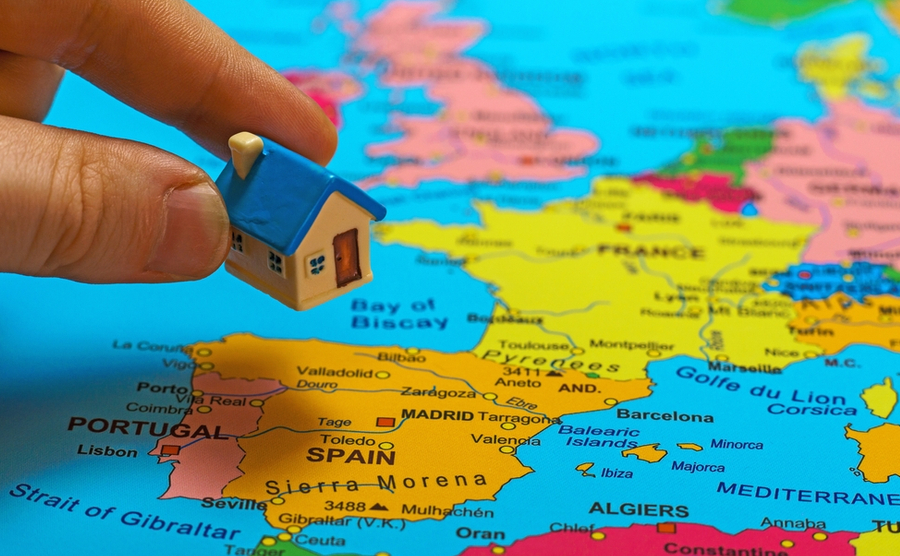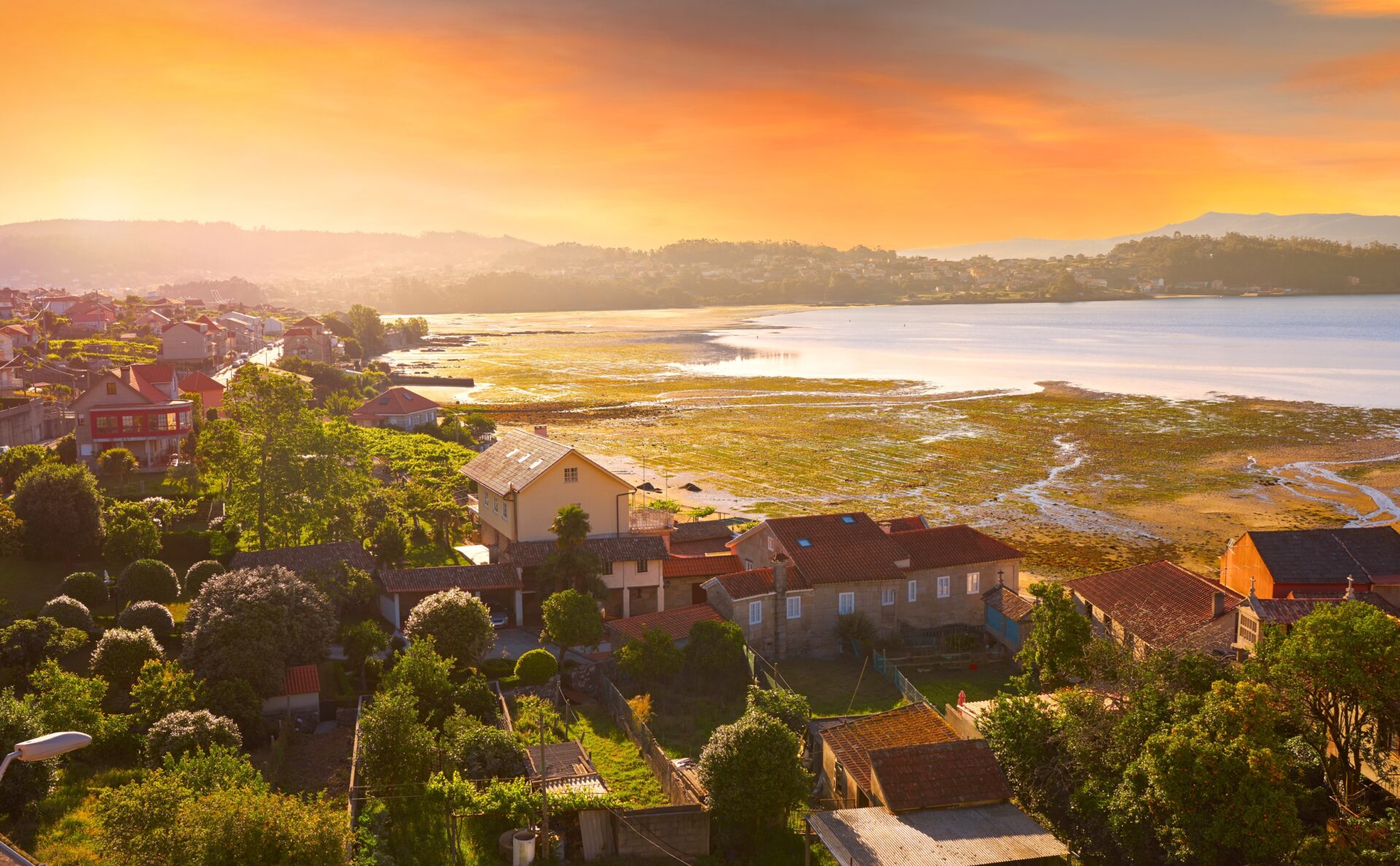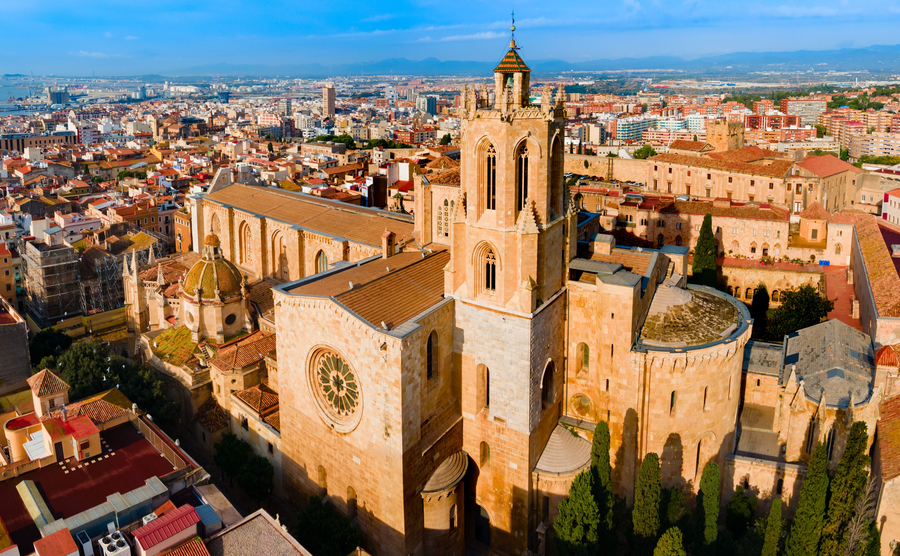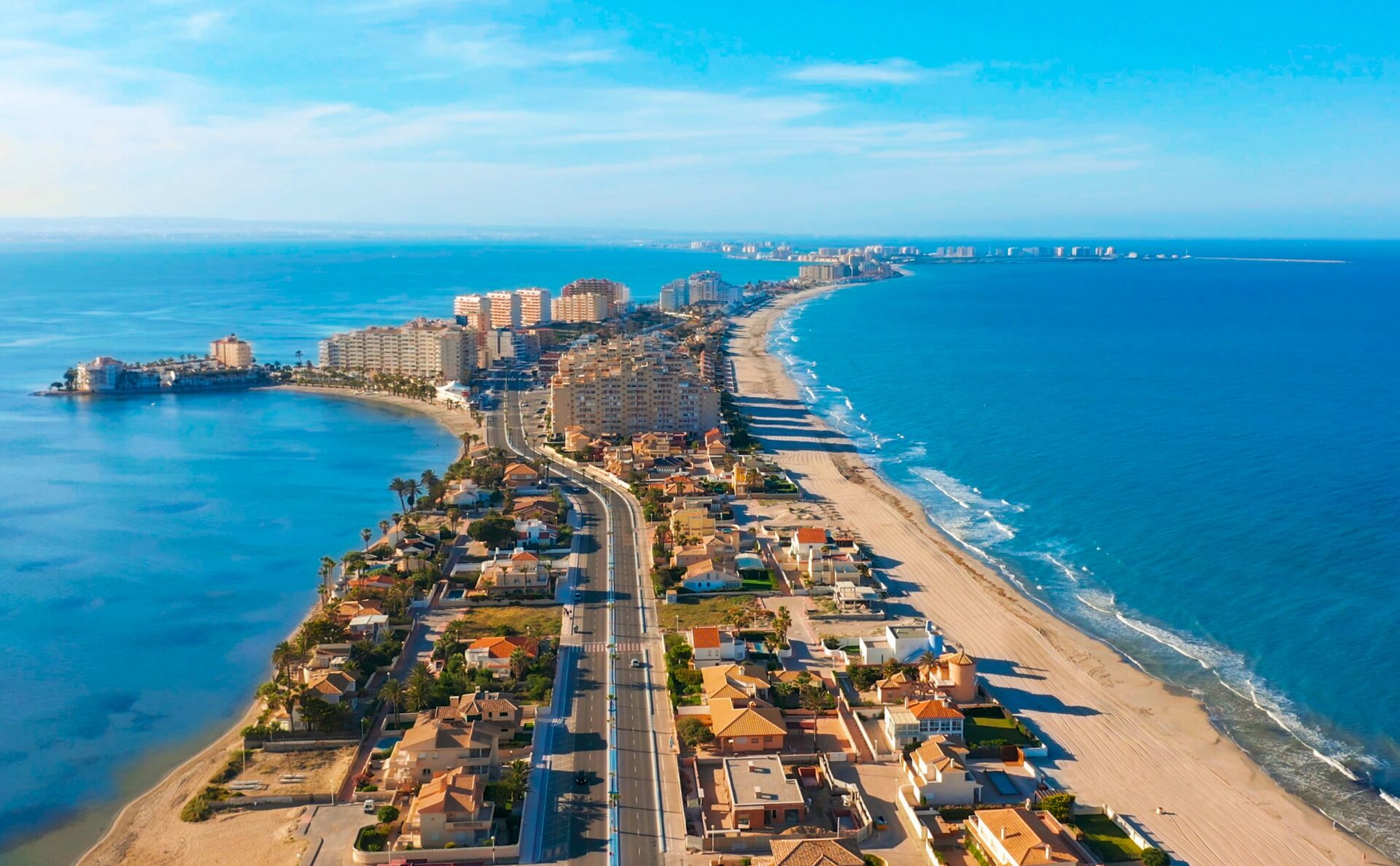From the serene landscapes of Galicia and the bustling city life in Tarragona, we look at where to buy a home in Spain in 2024. Plus, we take into consideration factors such as fluctuating rental trends and the influence of climate change. Let’s dive in.
Most property experts expect the price of homes in Spain to increase by around 5% in 2024. This could be higher in the most sought after areas by the coast and in major cities. Plus, it will likely be lower in some inland areas where prices may stay stagnant. In 2023, foreigners continued to influence property purchasing and there is no reason to expect this to change this year.
Rental prices will follow an upward trend again in 2024 due to the lack of supply and increased demand. Several areas in Spain are designated “stress areas” where there will be a cap of 3% on raising rents. This, in turn, has made some landlords turn to more profitable holiday rentals instead of long term rentals, thus limiting the supply further. However, a word of warning, many local authorities are going to limit the number of holiday rentals in their region. So, if you are planning to rent out your home or to buy a property with the idea of renting it to holidaymakers, check the rules first.
With Spain still at the top of the list for relocation, what type of property should you be looking at in 2024?
Find homes in Spain via our property portal.
The impact of climate change
There is no doubt that Spain, together with several other countries, will experience more heatwaves which last for longer periods. They affect every aspect of life and when choosing a property, it is a good idea to bear this in mind. Wanting to swap often disappointing summers in northern Europe for warmth, many overseas buyers hunt for a home in southern Spain. But Málaga, for example, saw a high of 43 degrees in July 2023.
How to prepare for hot temperatures
Traditional Spanish houses, built of stone, are likely to be the coolest in the height of the summer. Generally, they have smaller windows and heavy shutters to keep out the sun. Trees and other foliage will help too.
Modern villas and apartments rely on air conditioning to keep you cool and double glazed windows can also help to keep out the excessive heat. Again, shutters are your friends when it is very hot and it’s best to keep them closed during the day when you are in a hot spell.
Another tip is to limit the heat source inside the property, so don’t use your oven but rather barbeque outside, switch off lights, and anything left on standby as even that can generate heat.
Accessing water
When property hunting consider the water supply. Parts of the country, especially those in the south and east, are already in a drought situation. It is possible that the local authorities will ban filling swimming pools and watering gardens with a hose, so a property with a paved patio or terrace where you can have plants in pots would be a good way to go and check out plants that thrive with little water. Old fashioned water butts are useful too, to catch any rain that does fall.
Showers are much more economical and environment-friendly than baths. Most new properties will have showers.
A swimming pool is often top of the list for buyers. Indeed, they are most welcome in the heat of the summer, but just be aware of any restrictions on filling and topping up in the location of your choice.
Top tip: find a home with outdoor space
The COVID pandemic made people realise how important some outside space really is. Apartments with terraces are ideal, even small balconies that can house a table and a couple of chairs are welcome. Houses with patios and gardens are important, especially if you have some shade made from a sail, a tree or awning. Blocks of apartments with communal gardens and pools are worth considering too as are urbanisations with communal outside amenities.
Where are places to consider when buying property this year?
Galicia
Whilst the majority of people moving to Spain are sunseekers and want to be in the warm south and east, a growing number of purchasers are looking at the cooler areas of the country. Galicia has a wonderful coastline, lovely towns and cities and it is very green. Yes, it does rain there and quite heavily but the region enjoys mostly sunny days and a temperate climate.
There are glorious beaches and spectacular mountains, river gorges and natural parks. Galicia suffers very little crime and the cost of living is low compared to other parts. The stone houses are full of character and there are numerous fiestas, festivals and other events.
I’d suggest looking at Baiona, a pretty town with a mediaeval centre in the province of Pontevedra, with a permanent population of around 11,000. It is also a major port. Situated on the beautiful Vigo Bay, the port has moorings for luxury yachts and fishing boats. Being on the Camino de Santiago, it sees many pilgrims passing through which gives it a pleasant international flavour.
In the same province is the town of Gondomar, which hasn’t been overly affected by tourism. There are plenty of hiking trails and the Monte Aloia natural park is close by where you can enjoy waterfalls, wonderful vistas and every aspect of nature. The town has everything you would need with excellent tapas bars and other eateries.
Tarragona
Located in the south of Catalonia, the province of Tarragona has a lot to offer the potential purchaser. It has its own wine region, Priorat, known for its excellent quality wines, especially red wine, the Costa Dorada with its wide beaches and some well-preserved Roman ruins.
The city of Tarragona itself is a joy. Smaller and less crowded than either Barcelona or Valencia, you can walk almost everywhere. The city is a living history museum with the grand central market, recently renovated, the Roman amphitheatre overlooking the sea and an impressive cathedral, not to mention the many other ruins to be found on your walks.
If you like seafood, this is the place for you, as some of the best restaurants in Spain are here. Thanks to the surrounding valley fields and mountains, vegetables and meats are abundant. Tapas bars are great places for a less expensive meal.
Tortosa, right in the south of the province, overlooks the Ebro Delta with its rice fields and flamingos. It has a historic old town and like Tarragona, a constant supply of locally grown produce and reared meat. Property is generally less expensive here.
Perhaps you have seen the TV series, “The Cathedral by the Sea”? It was partly filmed in Tortosa and the cathedral is outstanding. The Jardins del Princep is a glorious park with contemporary statues and a pleasant place to wander while looking down on the city.
Murcia
A forever popular region with Spanish and foreigners alike, it boasts 250 km of beaches on the Costa Cálida. Inland is mostly agricultural, hosting vineyards, olive groves and fruit. The climate is Mediterranean, with hot summers and mild winters.
Puerto de Mazarrón
This coastal town is 45 minutes from Murcia airport and 39 km from Cartagena. It is quite a busy resort, but property is still reasonably priced. There are 35 km of sandy beaches and golf courses within easy reach. Surrounded by mountains and forests, nature isn’t far away. The town has a cosmopolitan feel as it attracts people from other countries as well as Spanish people.
Seven km inland is the small but lively town of Mazarrón, which has some excellent tapas bars and restaurants. There is a motorway link to the port which makes it easy to get to. Investors are looking into this area in increasing numbers as it has such good communication links.
You might also be interested in:















